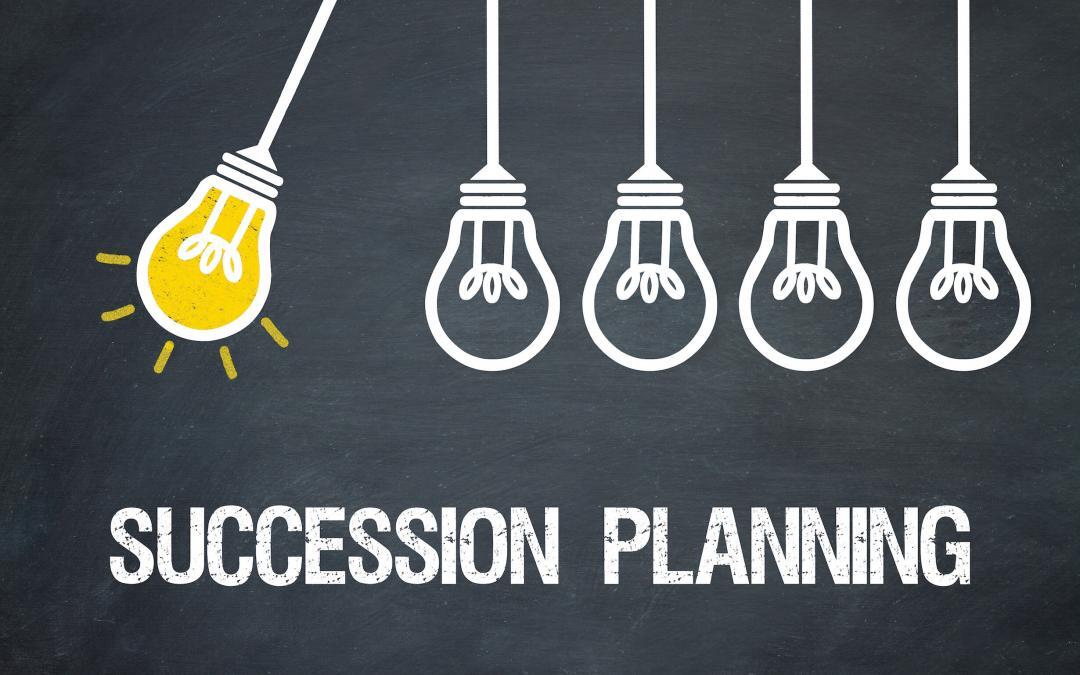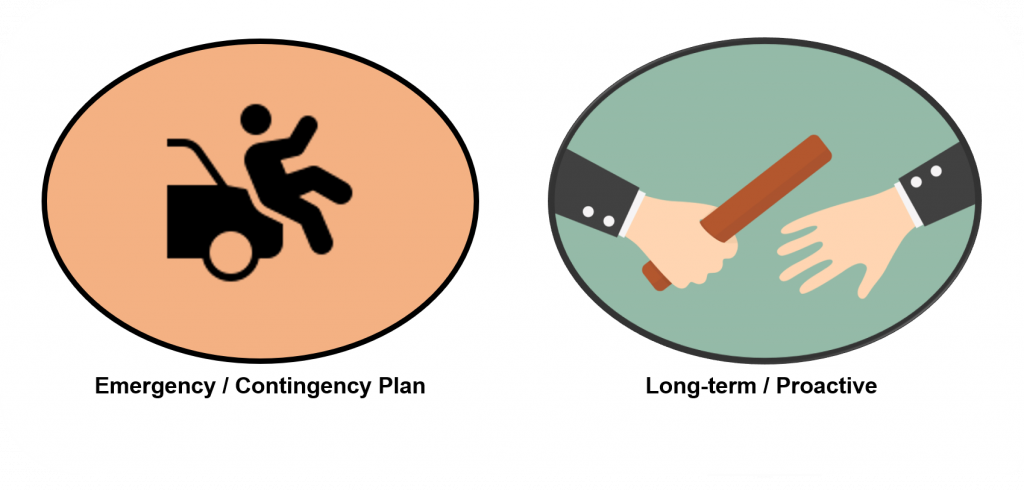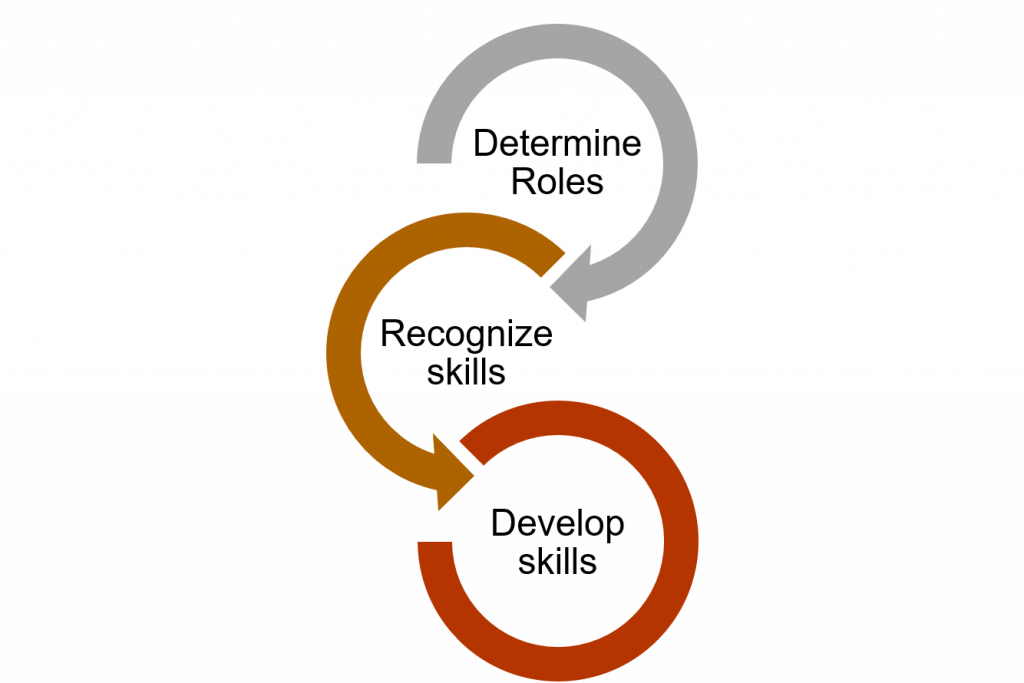Table of Contents
What is a succession plan?
Succession planning is developing a talent pipeline for executives, leaders, and other key positions within the organization, even if those are non-leadership roles. A succession plan will allow for smooth business continuity if the employees in these critical roles transition to another function, leave the company, get fired, or retire. Whether your company is small or large, it is essential to have a succession plan for the key leadership roles.
An effective succession plan can be created by assessing the resource needs based on long-term goals and strategies to manage gaps, including leadership development. It takes into account the knowledge and skills required for those roles. HR departments typically drive this initiative in most organizations.
Types of Succession Plans:
There are two types of succession plans, and every organization should have both:
1. Emergency/Contingency Plan:
When a company loses its top leadership unexpectedly, the emergency/contingency succession plan will help continue the business until the new leadership is appointed. The plan must have an operating procedure for the company to operate during the transition period. It should have guidelines on who is empowered to make decisions and under what circumstances. It should have documentation on who is entitled to appoint a temporary CEO; for example, the board would be. Also, who decides whether the new CEO should be hired from within the organization or externally.
2. Long-term/Proactive Plan:
Many companies aspire to create a long-term succession plan. The key to operationalizing the plan is not a one-time activity where a successor is identified for a critical role. Instead, it is an ongoing activity of creating a pipeline of successors, identifying their knowledge and skills gaps, and training them for this role. The organization should have a strategy and a program that fosters the next generation of leaders and mentors them, so they are ready at the appropriate time.
How to create a good succession plan
Many companies struggle to create a good succession plan as it is an ongoing activity. Companies tend to stop by simply identifying the names of the top spots. Here is our advice on creating a good succession plan:
1. Determine roles:
Identify the critical roles that are necessary to implement your company’s strategy. Determine the successful profiles required to run your company. Understand the long-term strategy, and identify the skills needed for the future for those roles.
2. Recognize skills:
Conduct a skills assessment for your current leaders along with their potential successors. Identify the skill gaps in both the current leadership and potential successors. Create an ongoing schedule to continue this evaluation to measure development. 360 Degree feedback programs are great for understanding skills sets.
3. Develop skills:
Create a leadership training program based on the skill requirements and the gaps identified. This program will be a customized plan for senior leadership positions for that individual. Incentivize senior leadership by providing a monetary bonus for identifying and developing successors for their roles and key leaders in their hierarchy. Continue to train and mentor those roles, and measure their professional development.
What are the benefits of succession planning?
1. It helps save time and cost when employees in critical positions leave.
2. Roughly 47 million Americans quit their jobs voluntarily in 2021. Having a succession plan will help replace those roles with minimal loss of skillset.
3. It is tough to find the correct replacements externally in today’s candidate-driven market. However, mentoring and promoting from within will avoid this challenge.
4. When someone knows they are a successor to a role, they are motivated to deliver more. It promotes employee engagement.
5. It offers a better plan to continue business smoothly.
6. It also helps the organization in retaining its valuable talent.
Common mistakes to avoid in a succession plan.
Every organization has a different approach to succession planning. However, they are all often faced with similar problems. Here are some mistakes to avoid while building a succession plan:
1. Focusing only on the executive level:
Many organizations tend to focus only on the executive level. This misguided focus will lead to gaps in essential non-C-suite roles, particularly those roles that are holding departments together. Ensure the succession plan includes all key positions.
2. Underestimating the nature of changing work:
Every role changes over time due to business, people, technology, demand, and market. So first, estimate what each of those roles must do in the future. Next, consider items like changing technology that may modify those roles’ duties. Finally, develop the successors for the future position.
3. Using a one-size-fits-all competency framework:
It is easier to adopt an existing or outdated competency framework to save time and cost. However, off-the-shelf competency frameworks do not consider your organization’s business model, business complexity, and everything unique to your organization. Therefore, spend time and effort custom-creating your organization’s proper competency framework.
4. Keeping the succession plan a secret:
This planning is an important strategic initiative. Unfortunately, many organizations choose to keep it under wraps. However, the lack of transparency will lead to high-potential leaving if they do not know the substantial advancement opportunities within the organization. Communicating this plan to employees will positively impact employees and retain top talent.
5. Relying only on one successor per role:
Some organizations feel they have a good succession plan as they have a successor identified for all their critical roles. However, having only one successor for each vital role will prove to be a narrow approach if they take up another job role within the organization or accept a job offer from another organization.
6. Failing to update the succession plan regularly:
Some organizations develop good succession plans but stall during the implementation phase. The succession plan has to be reviewed and updated every six months. All individuals identified will need to be re-evaluated based on their professional development. Also, organizations go through changes when unexpected challenges occur.
7. Inadequate documentation of the succession plan:
Several components go into building a succession plan. Documenting the succession plan can be easily overlooked as it takes time and effort. However, having careful and thorough documentation is essential for two reasons: Firstly, you will better communicate the plan, enabling you to make funding requests and resourcing requirements when you choose to extend it to other parts of the organization. Secondly, if you have to defend your decisions at any time, having clear documentation will come in handy.
In conclusion, a succession plan is critical in shielding your organization and stakeholders from expected and unexpected disruptions due to the loss of crucial resources.
Related Resource: Leadership Development – Big Questions Answered
Related Blog Post: Use Multi-rater feedback to build your next IDP



 Dr. Jaffee (M.A., Ph.D.) is a recognized expert in the field of assessments, and has created effective HR Solutions used by millions of people.
Dr. Jaffee (M.A., Ph.D.) is a recognized expert in the field of assessments, and has created effective HR Solutions used by millions of people.